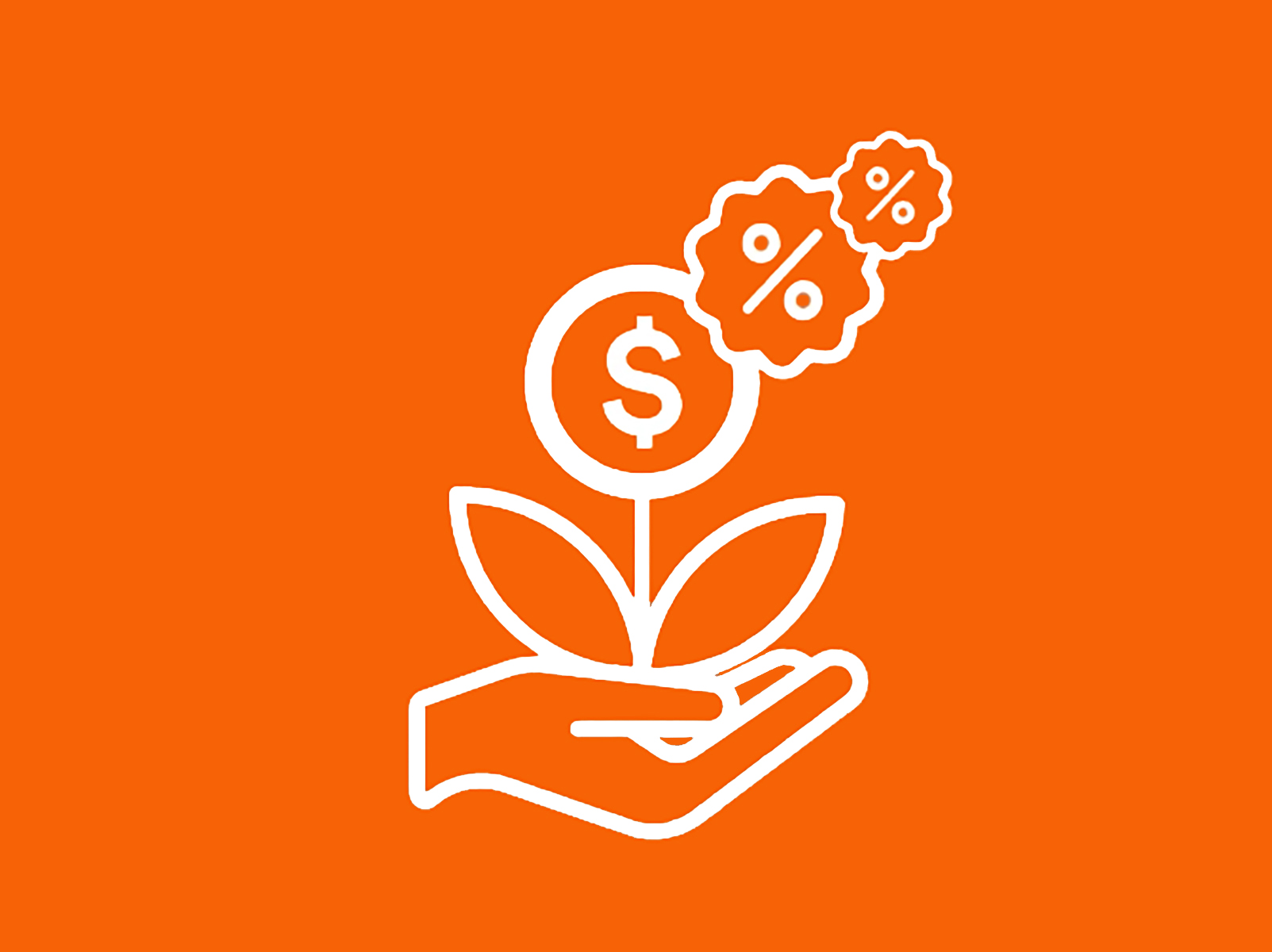Five reasons to take another look at GICs
Looking for a secure place to put your money? Consider the advantages of GICs (called Guaranteed Investments at Tangerine).
GICs haven't had much press in recent years. But unlike equities that rise and fall in value based on the performance of the market, non-market GICs provide a fixed rate of return for a set time period (some are tied to the market).
Sure, you probably won't win big in GICs when the stock market soars. But you also won't lose when the market falls. You can sleep soundly knowing your funds are secure.
Consider the following five key benefits of GICs:
1. Balanced portfolio
It's wise to select a mix of different asset classes that include both equity and fixed income investments in order to create a balanced investment portfolio. GICs are a great fixed income alternative, since they typically don't carry fees or service charges, they come in a variety of terms, and they provide a guaranteed rate of return.
2. Staggered maturity dates
By putting your savings in a mix of GICs with staggered maturity dates (often referred to as “laddering"), you can make the most of the opportunity to capture higher interest rates in the event that rates rise. For example, by putting $1,000 in a 5-year GIC, $1,000 in a 4-year GIC, $1,000 in a 3-year GIC, $1,000 in 2-year GIC and $1,000 in a 1-year GIC, you can have a total of $5,000 in GICs while ensuring a portion of your savings becomes available each year to lock back in at current rates if you like.
3. Secure option leading up to retirement
As you get closer to retirement, modifying your asset mix by decreasing the equity allocation and increasing the fixed-income allocation can help reduce the volatility of your portfolio. GICs provide you with the security of knowing your funds will be there when you need to start withdrawing them for retirement.
4. Short-term savings
Saving for a new car, a home renovation or a vacation? A short-term GIC (terms typically start as low as 90 days) can often provide you with a higher rate of interest than parking your funds in a regular savings account.
5. CDIC insured
The Canada Deposit Insurance Corporation (CDIC) insures eligible deposits up to a maximum of $100,000 CAD per depositor per insured category at each member financial institution. The good news is each of the following are considered separate categories, so you can maximize CDIC protection by spreading your GICs among them:
- Deposits held in your name
- Deposits held jointly in the names of two or more people
- Deposits held in an RSP (Retirement Savings Plan)
- Deposits held in a TFSA (Tax-Free Savings Account)
- Deposits held in an RIF (Retirement Income Fund)
- Deposits held in trust (additional conditions apply)
- Deposits held in a mortgage tax account
If you haven't looked at GICs in a while, they might make sense depending on your situation. Now might be a good time to have another look.

